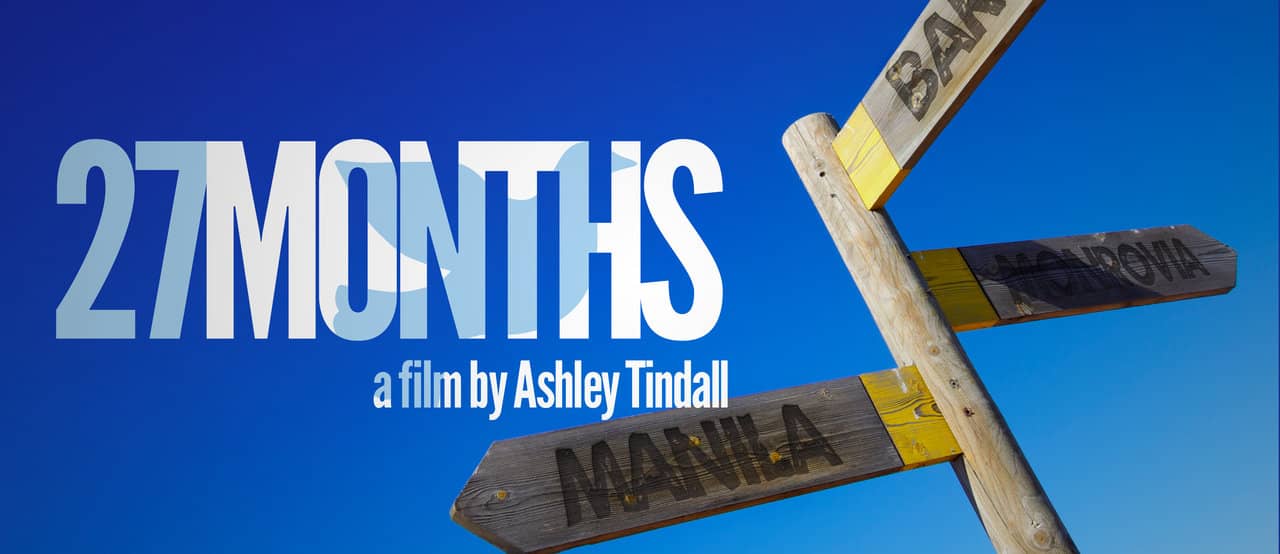Editing With Multiple Characters
I hope your week is going well! We are currently working with talented director Ashley Archer Tindall whose documentary 27 Months features multiple protagonists. As we play with intercutting story arcs, our editing process leverages a powerful storytelling principle that can help you edit a film with more than one character.
In screenwriting lore, a “reversal” refers to a 180-degree plot turn. But “reversal” can also apply to mood. A scene begins at one emotional polarity, such as anger, and by the end, reverses to its opposite emotional polarity, serenity.
Or, two scenes with opposite energy levels are butted against one another. One scene shows a boxer bowing his head in the locker room, and the very next scene shows him swinging in the ring.
All of these “reversals” rely on the notion of contrast to provide drama. In our director’s film, her three characters are traveling to foreign lands for a Peace Corps tour. We are experimenting with juxtaposing their storylines to heighten contrast.
For example, one character finds herself feeling listless and under-utilized in a village which has no use for her talents, while another character is happily engaged with multiple projects.
In a related storyline, one character enjoys her internship at the start of her journey, only to fall into self-doubt later. In a parallel storyline that reverses the arc, another character suffers in the early days, only to find her stride toward the end of her stay.
These contrasting scenes provide drama, and their juxtaposition also helps viewers discriminate between varying experiences.
You can learn more about how to craft reversals in Module 2 of my popular seminar taught at the San Francisco Film Society. Editing the Character-Driven Documentary is available for free on You Tube.
Here’s what director Ted McMillan had to say about our seminars:
“I’ve just completed Week 2 … and must say it was the most focused and engaged learning experience I’ve encountered dealing specifically with documentary storytelling. Karen’s insight makes the complexity of filmmaking seem more manageable and doable.”
